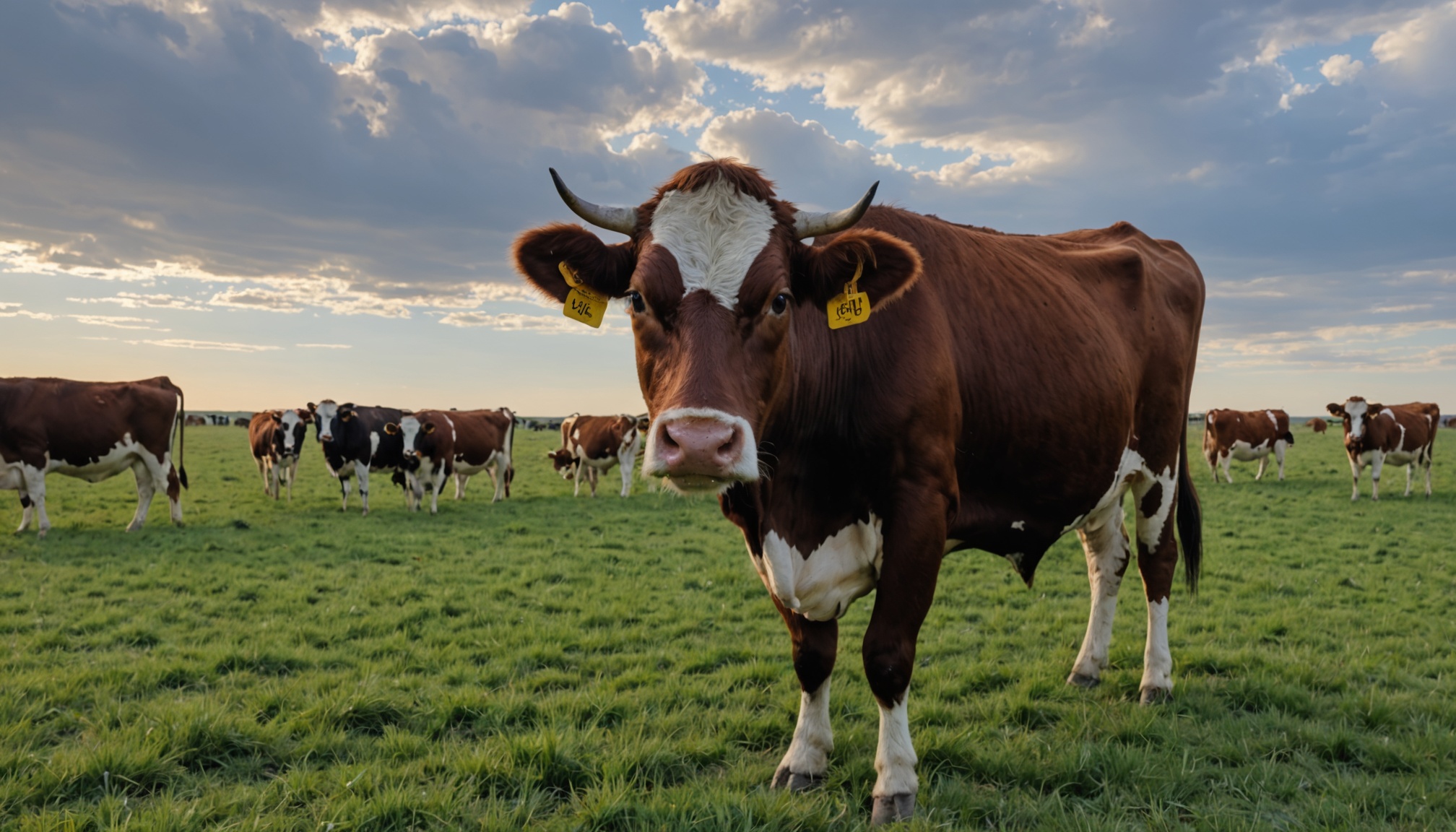The image of the solitary rancher, silhouetted against the setting sun, is deeply ingrained in our cultural consciousness. But beneath that romantic veneer lies a physically demanding and often isolated profession. Now, thanks to advancements in artificial intelligence and automation, that image is beginning to evolve. Dr. Ryan Reuter’s insights from Oklahoma State University highlight a new era where ranchers can leverage technology to improve efficiency, safety, and animal well-being, marking a significant shift in how livestock operations are managed.
Precision Ranching: A New Paradigm
One of the most compelling aspects of this technological revolution is the potential for increased precision in livestock management. Forget aimlessly driving around vast pastures searching for a stray animal. GPS sensors provide real-time location data, allowing ranchers to pinpoint the exact whereabouts of their herds. Similarly, accelerometers, akin to fitness trackers for cows, offer valuable insights into animal behavior, detecting changes that could indicate illness, stress, or even the onset of calving. This level of granular data empowers ranchers to make informed decisions, optimize grazing strategies, and proactively address potential problems before they escalate.
From Feed Trucks to Virtual Fences: A Rancher’s New Toolkit
The automation doesn’t stop at data collection. Dr. Reuter’s work at OSU includes testing autonomous feed trucks that can distribute supplements to cattle without human intervention. This not only reduces labor costs but also mitigates the risks associated with operating heavy machinery in challenging environments. Virtual fencing, another exciting technology, allows ranchers to define grazing areas electronically, eliminating the need for physical fences and providing greater flexibility in pasture management. These tools promise to significantly streamline ranch operations, freeing up ranchers to focus on other critical aspects of their business.
Despite the clear benefits, widespread adoption of these technologies faces some significant challenges. The initial cost of implementing these systems can be a major barrier for many ranchers, particularly smaller operations. Moreover, there’s a learning curve associated with managing complex digital interfaces. As Dr. Reuter points out, many ranchers prefer a “plain old switch” to complicated software programs. Overcoming this resistance requires user-friendly designs, robust training programs, and a clear demonstration of the long-term return on investment.
Bridging the Digital Divide in Agriculture
Ultimately, the success of this technological transformation hinges on bridging the digital divide in agriculture. By addressing the issues of cost, complexity, and accessibility, we can empower ranchers to embrace these tools and unlock the full potential of AI and automation. The future of ranching is not about replacing the human element, but rather about augmenting it with technology to create a more sustainable, efficient, and humane system for raising livestock. It’s about equipping ranchers with the information and resources they need to thrive in an increasingly complex world, ensuring that the image of the rancher, once solitary, is now one of connected innovation.













